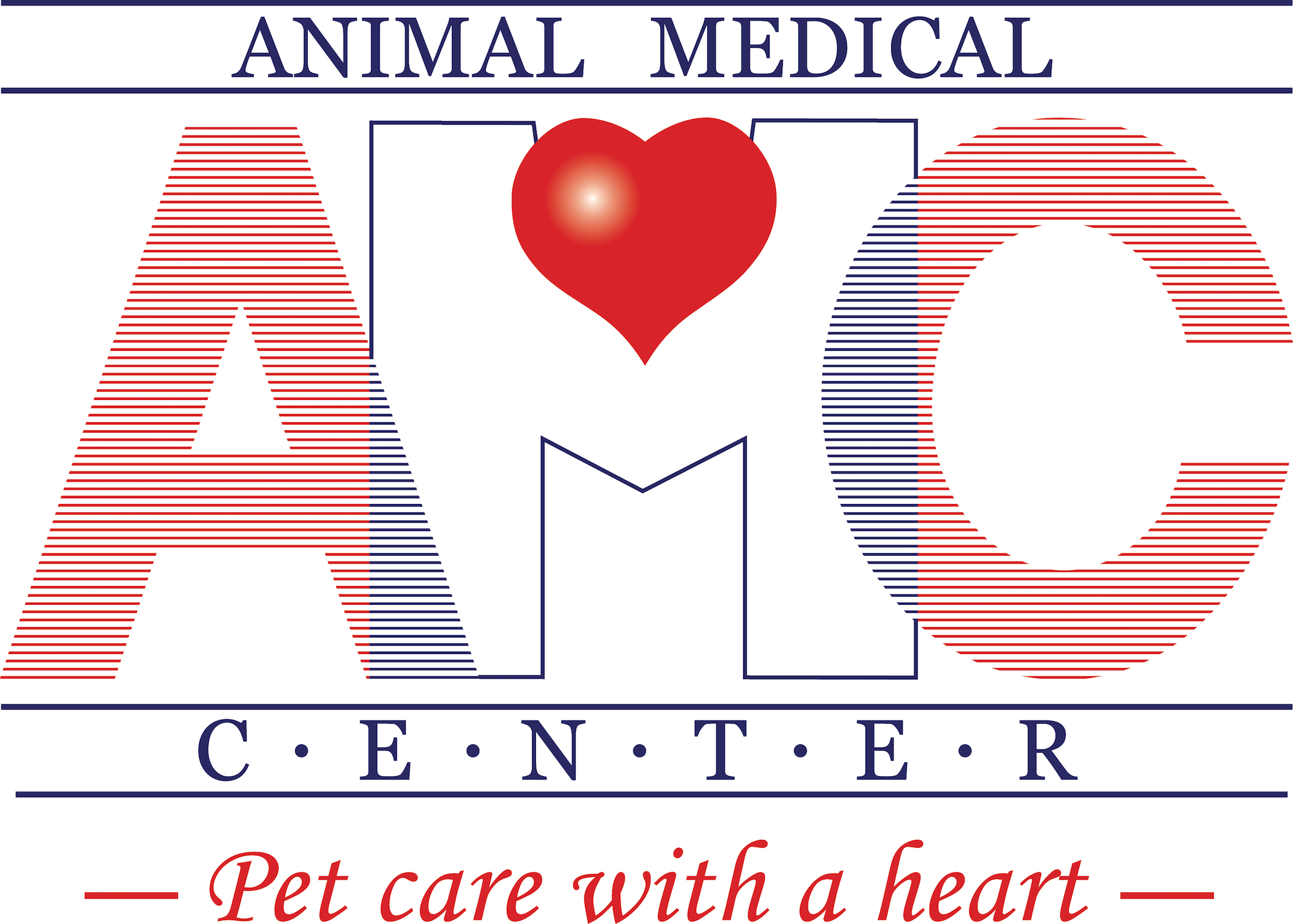Library
-
Egg yolk peritonitis or coelomitis occurs when yolk from a developing egg, an incompletely shelled egg, or a ruptured egg is deposited within the body cavity, referred to as the abdominal coelom. The yolk material that is released into the coelomic cavity causes inflammation and fluid within the coelom. Affected birds often stop laying, become less active, have distended abdomens, and have difficulty breathing.
-
A feather cyst is like an ingrown hair on a human. Cysts occur due to malformation of the growing feather within the follicle, under the skin. When a growing feather cannot exit through its natural opening in the skin, it curls up within the follicle, creating a cyst. These cysts can become quite painful and require veterinary attention.
-
Feather loss occurs either because the bird is truly losing feathers or because the bird, or its cage-mate, is picking out its feathers. Feather Destructive Behavior (FDB) is a general classification that describes the many types of damage a bird can do to its own feathers, including feather picking. Feather loss and feather-picking can also be caused by diseases that result in irritation or pain for the bird, or damage to, or inappropriate growth of feathers. Feather loss and feather-picking are complicated problems. For specific advice, your bird should have a thorough work-up by a veterinarian familiar with birds.
-
Kidney disease is relatively common in birds, especially budgies, and may present as an acute or chronic problem. Many signs of kidney disease are non-specific. This handout explains these signs, as well as how kidney disorders in birds can be diagnosed and treated.
-
Liver disease can occur in any avian species but is most common in cockatiels, budgies, Amazon parrots, lories, and mynah birds. Clinical signs of liver disease are non-specific, so diagnostic tests are highly recommended. Treatment options depend on the diagnosis and can range from diet modification to hospitalization.
-
Obesity is a major problem in older birds on seed-based diets and can contribute to diseases such as arteriosclerosis, atherosclerosis (fat deposits in major arteries), and fatty liver disease (hepatic lipidosis). Unlike their wild counterparts, pet birds are not given as much opportunity for daily exercise. Pet birds often burn off very few calories in their daily lives. Switching a bird from an all-seed diet to a more suitable diet consisting mainly of pellets, with smaller amounts of fresh vegetables and fruit, will decrease its overall daily intake of calories.
-
Polyfolliculosis is a condition in which several feathers grow out of one feather follicle. These feathers may be irritating, causing the bird to pick at them or pluck them out. There is no specific treatment for this condition.
-
Avian polyomavirus infection (APV) can cause benign feather lesions in budgies, slow crop emptying in newly weaned parrots, hemorrhages on the skin, or acute death. Clinical signs, diagnostic testing, and preventive measures are explained in this handout.
-
A telemedicine visit is typically conducted over telephone, text messaging, chat, email, or videoconference. This may allow a veterinarian to diagnose and treat your pet’s medical condition remotely, without the need for an in-person visit. Your appointment will be conducted by a licensed veterinarian.
-
Proventricular dilatation disease (PDD) is an often fatal condition that damages the nerves of the gastrointestinal tract in birds. These nerves stop stimulating the muscles of the digestive tract, so food in the intestinal tract moves very slowly or not at all. Signs, treatment, and prognosis are discussed.

